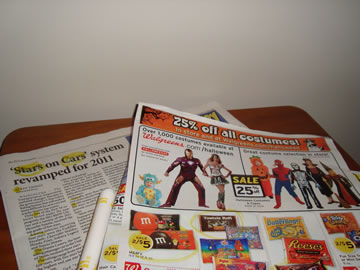

Skills: phonological awareness, alphabet knowledge, phonics, word recognition, motivation to read
Materials: kellyskindergarten.com - theschoolbell.com - prekinders.com
Directions: Visit the sites above and you can plug in the letters, numerals, words, and other skills you are working on to create individualized board games.

Materials: file folder, clear sheet protector, clear packaging tape, copy of attached keyboard
Directions: Glue the keyboard to the bottom half of the file folder. Tape the clear sheet protector to the top. Insert copies of sight words, abc’s, children’s names, etc. in the sheet protector. Children pretend to type on the keyboard.

Click Downloads in the menu to the left to get a copy of this keyboard
Materials: pocket chart, sentence strips
Directions: Write the alphabet on a sentence strip. Cut between the letters. Children place the letters in the chart in alphabetical order.
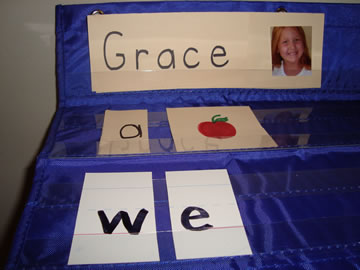
Materials: pointer, empty pair of glass frames
Directions: Children put on the glasses and go around the room pointing to letters, words, and sentences that they can read.
Hint! You can make a pointer from a cardboard pants roller and pencil topper or small toy.
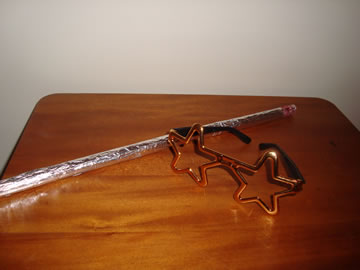
Materials: letter size envelope, sentence strips
Directions: Seal the envelope. Cut ¼” off the left side. Write children’s names, color words, or other words on 10” strips. Insert the strips in the envelope. Children pull out one letter at a time and try to predict and read what that word might be.
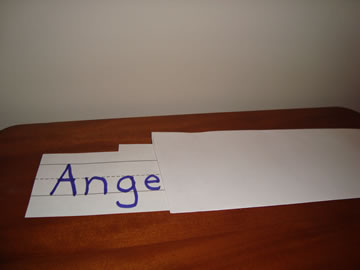
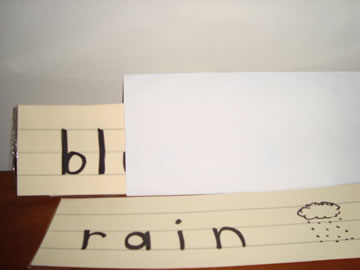
Materials: plastic eggs, permanent markers
Directions: Write two letter words on the eggs so one letter is on each half. Separate eggs and mix up. Children put eggs together and read the words. *Use eggs for reinforcing onsets and rimes. Write onsets (beginning letters) on the left and rimes (vowel and letters that follow) on the right. Children twist and read the words they create.
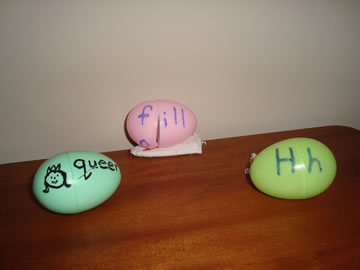
Materials: paper plates, markers
Directions: Write upper and lowercase letters on opposite sides of paper plates. Cut puzzle designs between them. Mix up letters. Children put puzzles together and identify letters.
*You can make a similar game with letters and beginning sounds, rhyming words, antonyms, or sets and numerals.
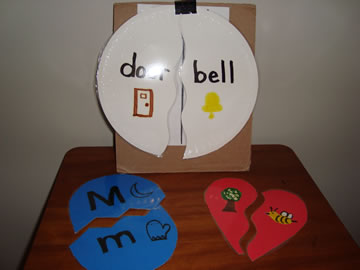
Materials: pocket folder, copy of manual letter signs from aslpro.com, index cards
Directions: Glue a copy of the letter signs to the inside of the pocket folder. For younger children, write letters on index cards and place them in the pocket. Children remove cards and try to reproduce that letter. For older children, write high frequency words or spelling words on index cards for them to spell with their fingers.
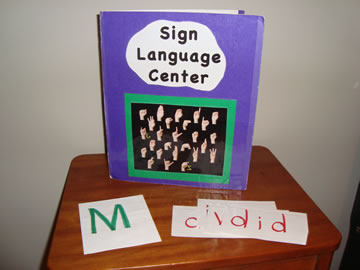
Materials: 3 pairs of white cloth garden gloves (dollar store), markers
Directions: Cut the fingers off the gloves. Write a consonant of each finger with a blue marker and write vowels in red. (Make two of e, s, t, l.) Children insert letters on their fingers to make words, practice reading word families, etc.

Materials: Unifix cubes, circle stickers
Directions: Put a circle sticker on each cube. Write letters on the circles. Children put cubes together to make their names, spelling words, etc.
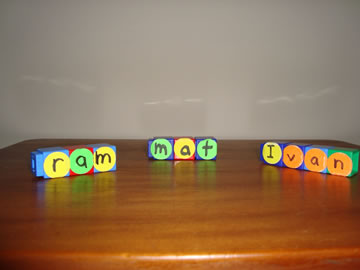
Materials: magnetic letters, cookie sheet
Directions: Children can sort the magnetic letters by color, put them in alphabetical order, make words, etc.
*Draw a doghouse on a magnetic board and have children use the letters in the chant “Who Let the Letters Out?”
*Draw a birthday cake on a magnetic board and use for “Happy Birthday” letters.
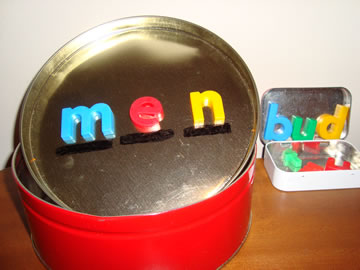
Materials: small swing trash can, magnetic letters, word cards
Directions: Decorate the trash can with googly eyes, felt, pom poms, and other media to look like a little man. Children “feed” Letter Man magnetic letters as they are sung in a song.
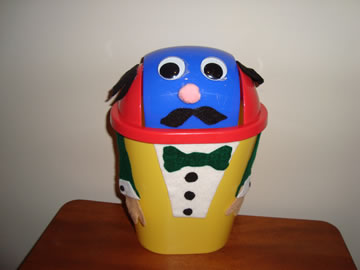
Materials: pail or basket, flash cards with letters or words
Directions: place the pail with flash cards of skills you are working on near your classroom computer. Children choose a card and then type that letter or word on the computer.
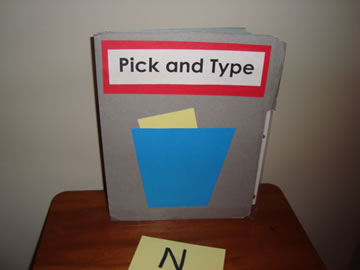
Materials: newspapers, magazines, junk mail, highlighters
Directions: Give children a highlighter and let them find letters or words they know.
